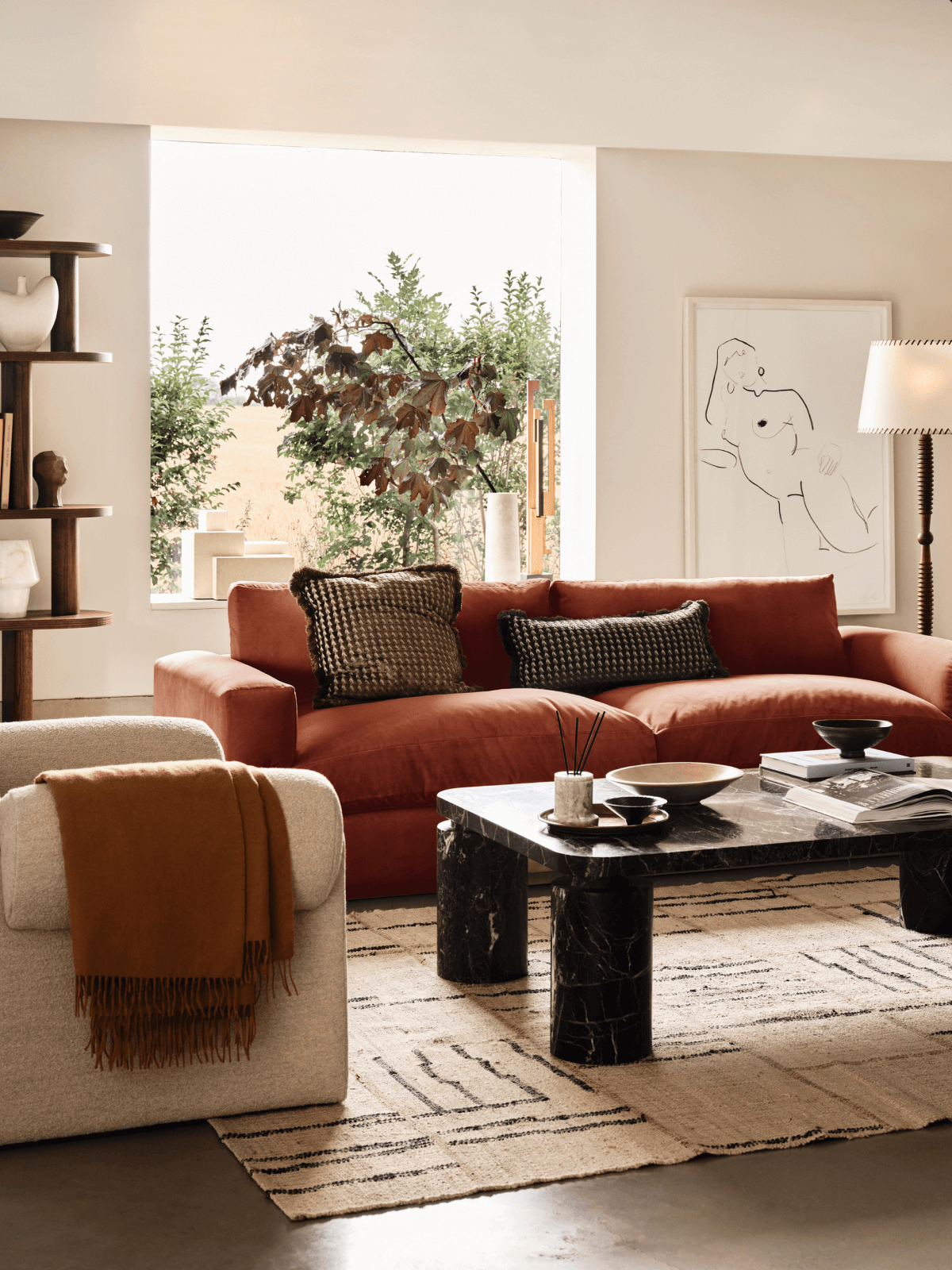7 Interior Design Tricks To Make Your Home More Energy Efficient
Homeowners today are extremely conscious of how efficiently their homes are in consuming and utilizing energy. This remarkable level of awareness is reflected on every aspect of homeownership—from sourcing sustainable building materials designed to increase energy efficiency to purchasing energy-efficient appliances and devices.
There are many advantages in making sure that your home is as energy efficient as possible. Living in an energy efficient home makes you feel good, knowing that you're living a lifestyle that’s generally advantageous for the environment. Optimizing for efficiency also allows you to significantly lower your energy bills.
There are a lot of ways to increase the energy efficiency of your home. For instance, you can make sure that you only purchase energy-efficient appliances. This, however, can be very expensive and time-consuming. Here are 12 Energy-Efficient Appliances That Will Save You Money in 2023.
Fortunately, interior design can help you make your home more energy efficient. Also, having an energy-efficient home doesn’t mean that you have to settle for bland, boring, and generic home design. After all, environmental friendliness and energy efficiency is pretty fashionable and stylish nowadays.
In keeping with this theme, here are 7 interior design tricks that you can implement to make your home more energy efficient
1. Be strategic in your color choices.
DARK OLIVE wall paint color
The colors of your house can have tremendous effects on your energy consumption.
Lighter colors tend to naturally reflect sunlight, while darker colors tend to absorb sunlight. This means that the right color in the right room can make a space feel brighter or darker, cooler or warmer naturally.
Painting your walls with lighter shades like white, gray, beige, and yellow allows a space to make the most of natural light, which reduces the need to turn on any artificial lights.
OUR TOP LIGHT COLOR PICKS FROM BENJAMIN MOORE
On the other hand, painting your wall with darker shades like red, blue, or brown encourages spaces to absorb more heat, which can make your home warmer, so you don’t have to turn up the heat as much. Check out our selection of our darker shade selections from Benjamin Moore to create a cosy interior.





2. Use carpets, rugs, and throws.
Hardwood and linoleum flooring has become ubiquitously trendy these days. While these flooring options can be very attractive, they can also be very cold.
Installing a carpet can make your home 10% warmer, as carpets do an excellent job at absorbing and retaining heat. Dark color carpets are especially fantastic at warming up a space, especially during the winter.
If installing a carpet is outside of your budget, then decorating your floor with rugs and throws can give your home the extra warmth it needs in the winter. When summer rolls around, you can easily store them in the closet.
Outside of providing extra warmth, carpet, rugs, and throws are also homey additions that tend to add more personality into your home.
We love Alpaca Throws from The Citizenry for an added layer of warmth.
3. Choose the right window treatments.
Your windows are one of the most important variables at play in the overall design of your home. Everything about your windows—its size, type, placement—will have a significant impact on your home’s ability to regulate circulation.
Large windows are generally more energy efficient compared to smaller ones. Larger windows have the ability to let more air and light into a space. Installing the right window treatment gives you the ability to control your home’s temperature via your windows without relying too much on the thermostat.
Different curtains, blinds, and shade will have different effects on how well your room regulates temperature. For instance, thermal curtains are great at preventing cold drafts. Airy drapes, on the other hand, do an excellent job at letting air and sunlight in.
4. Rearrange your furniture to optimize circulation.
Rearranging your furniture based on circulation can help you naturally warm up or cool down a space, which can help lower your energy bills. This is especially important considering that your home’s heating and cooling account for roughly half of your home’s total energy consumption.
Almost every home has imperfection when it comes to thermal regulation—whether it’s because the walls aren’t sufficiently insulated or the windows aren’t properly sealed. Your furniture and where you place your furniture can influence your home’s thermal regulation.
Avoid placing your furniture over any air vents. Doing so means you’re blocking the flow of air, which means that you’re heating would have to work extra hard in order to keep your home warm. If your home is a little drafty, you can easily reduce floor-level drafts by using high-back chairs, overstuffed sofas, skirted furnishings, and other dense pieces of furniture.
5. Upgrade your lighting
Upgrading your light bulbs can reduce your energy consumption considerably. It’s certainly true that LED lights are pricier when compared to traditional light bulbs. However, upgrading to LED lights will save you a lot of money in the long run.
LED lights are extremely efficient in consuming energy. Compared to regular incandescent bulbs, LED lights are estimated to save you 75% on annual energy costs.
Compact Fluorescent Lamps (CFLs) are another good alternative to regular bulbs. CFLs can give you energy savings comparable to LED lights. The downside to CFLs is that they aren’t as long lasting as LED lights. While LED lights last up to 25,000 hours on average, CFLs can only last up to 10,000 hours.
6. Install a ceiling fan.
Ceiling fans are the perfect appliance for the summer. A ceiling fan can cool down your house during summer days when turning on the AC isn’t really necessary.
Ceiling fans are the perfect appliance for the winter as well. Newer ceiling fans are designed with blades that are capable of rotating in reverse. This reverse, counter-clockwise rotation recirculates the warm air that’s risen to the ceiling throughout your home.
To help improve your home’s energy efficiency even more, there are ceiling fans designed with built-in lighting that can light up your home. Outside of its practical applications, ceiling fans tend to add a touch of sophistication to any space.
7. Shop for a better energy plan.
This is especially applicable if you are living in a deregulated energy state, such as Texas, where you have access to multiple energy suppliers and different energy plans, rates, and services. This means that you can shop around for the energy plan that best addresses your needs, best complements your lifestyle, and offers the best value for your money.
In an ideal world, you would have already implemented energy-efficient interior design during the planning and construction of your home. That said, you can always apply these interior design strategies to improve your home’s energy efficiency. You might also want to consider consulting a good interior designer who’s up to the task.
If you’re interested in knowing more about interior design, please feel free to get in touch with us at KNOF Design.
KNOF Design is a prominent name in the field of interior design, having graced the cover of ELLE Decoration and several other renowned international magazines.
Creative Director - Susan Knof
ADDITIONAL RESOURCES FOR CREATING AN ENERGY EFFICIENT HOME
















